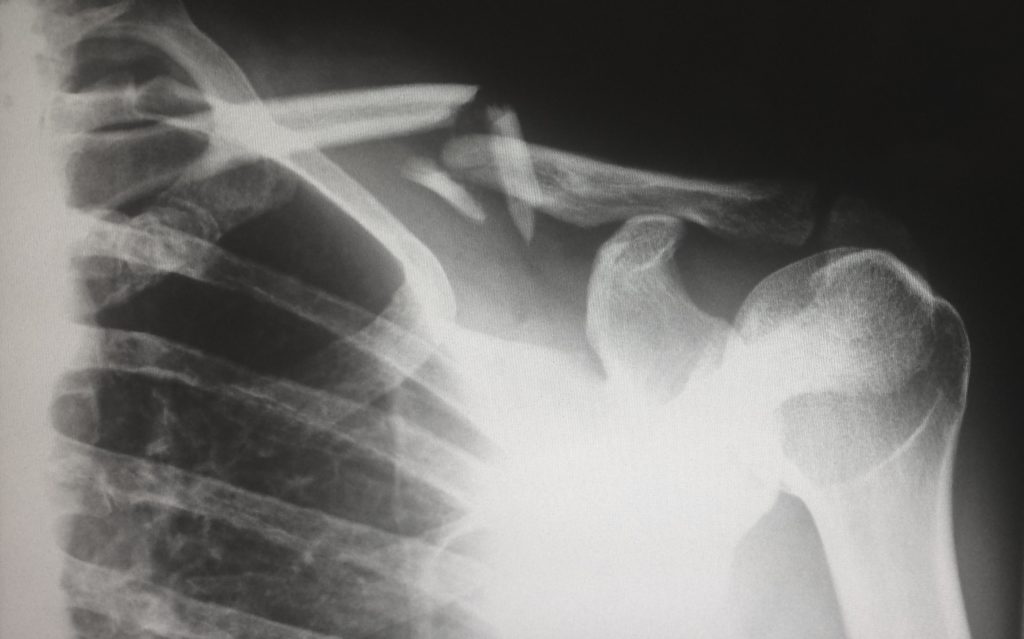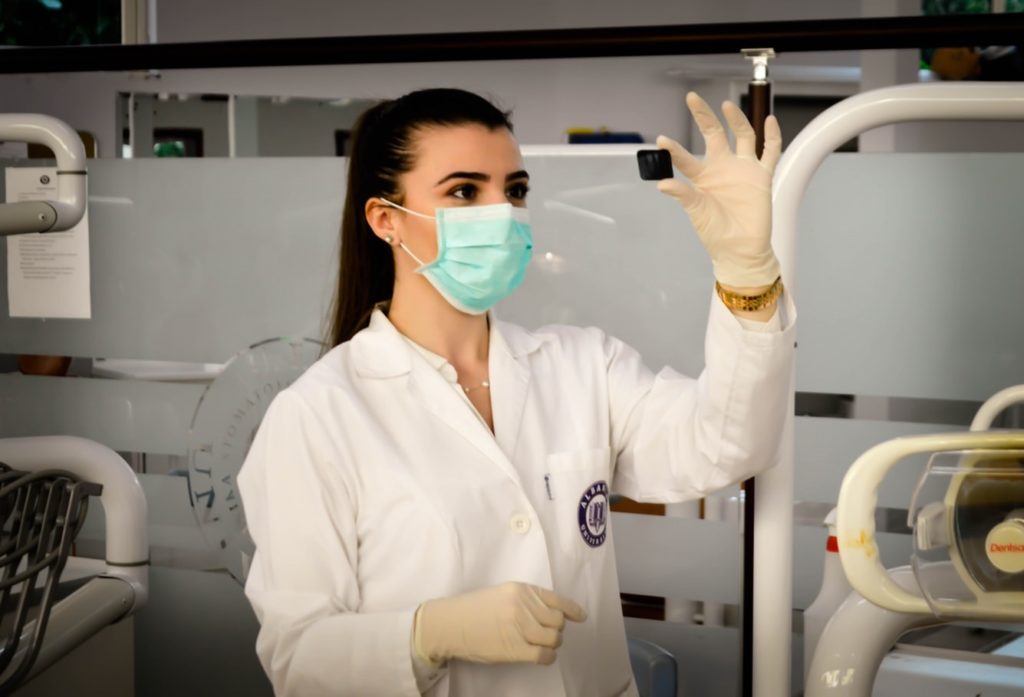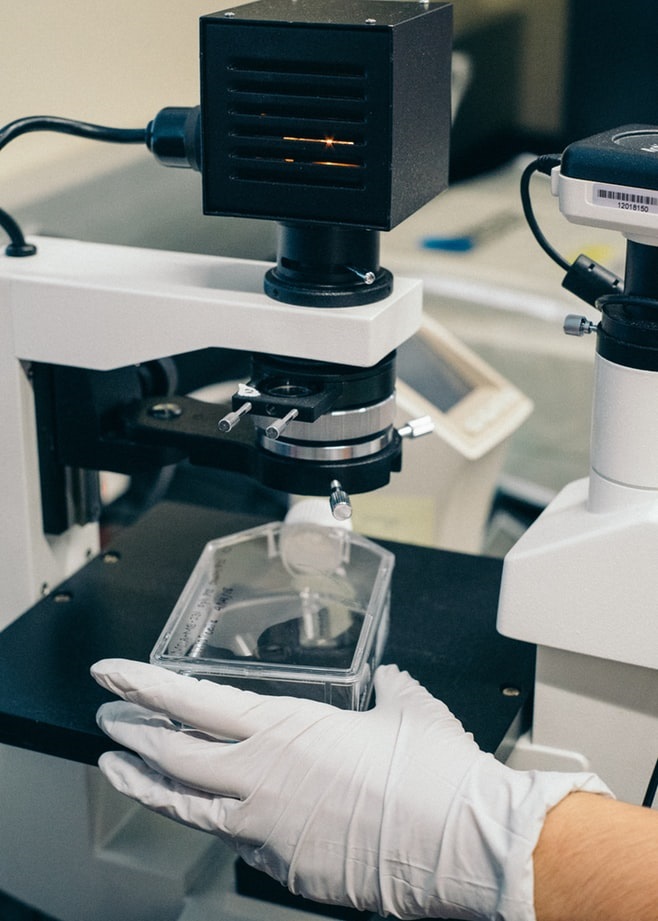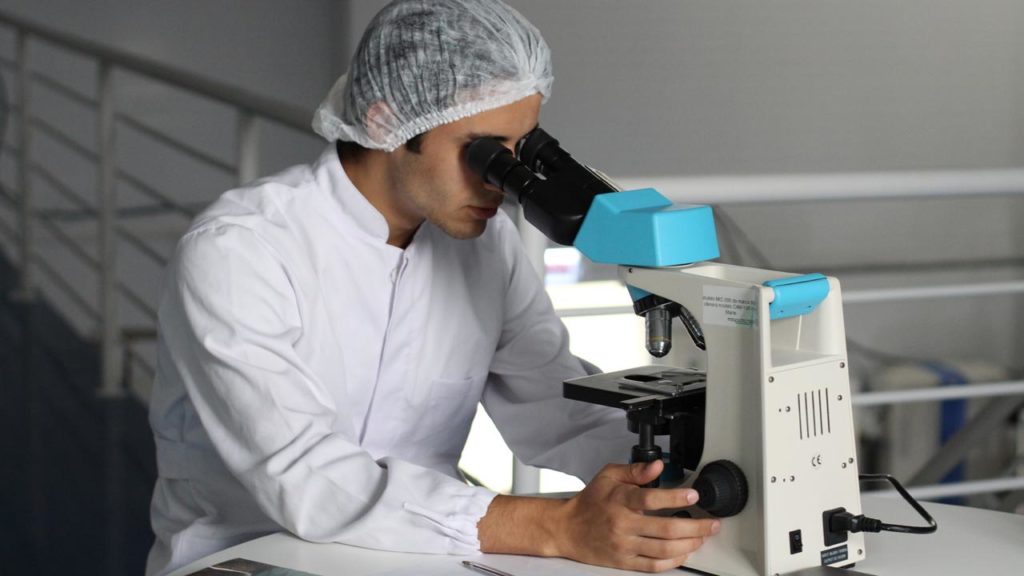Background
Building on a previous MRC CiC-funded project, we have the opportunity to accelerate the development of antimicrobial implants for surgical reconstruction after trauma. Unfortunately, bacterial colonisation is very common after implantation of prosthetics or devices following injury as the fragility of traumatised tissue, coupled with the immunocompromised state of trauma survivors, creates a very favourable environment for infection. Implant infection can undo months of painstaking reconstruction, resulting not only in significant costs for the NHS but also a massive psychological downturn for the patient.
Our team previously created antimicrobial peptides capable of disrupting the bacterial cell membrane on contact. We showed that the peptides could be attached to the surface of titanium following chemical and thermal treatments of the surface and attachment of the peptides using titanium binders. This method although successful, it requires conjugation of the peptides with the binders that can interfere with the antimicrobial activity.
Method
Design and production of a biomimetic elastin-like polypeptide scaffold with antibacterial bioactive domains. The polypeptide can be designed to be easily modified by the insertion of a bioactive domain in the C-terminal region. A new macromolecule that will be the result of the fusion between the elastin-like biopolymer and an antibacterial peptide sequence will be produced and fully characterised.
Incorporation of synthetic antibacterial peptides in the biomimetic elastin-like scaffold by an enzymatic route using transglutaminase. The antibacterial peptides will be embedded within the matrix that will be cross-linked by the use of a transglutaminase.
Release of the peptides realized by two ways:
- Release triggered by a thermo-responsive behaviour.
- Release triggered by aproteolytic or elastolytic activity.
The antimicrobial ink will be placed by 3D printing on modified (either by plasma treatment or chemical treatment) titanium surfaces and polymers.







